- Description
- Main Venues
- Gallery
- Reviews
- Prices
- FAQ
This visit begins with the guided visit of a group of temples named F, E and G whose dates range from the 6th to the 4th centuries B.C.E. (every temple on the site is designated by a letter of the alphabet, there being no concensus over the deities to whom the temples were dedicated).
Temple G, probably dedicated to Apollo, is one of the largest Greek temples in the Mediterranean world. If little other than heaps of ruins remain at temple G, temple E has been partially reconstructed, and all of its columns are standing. The visit proceeds with a beautiful walk on the Strada dei Templi, leading up to the acropolis. Then, in the acropolis, we look at temples C and D, probably dedicated to Heracles and Aphrodite, respectively, and walk through the inhabited area and the complex system of defense including walls, towers and ditches.
Your archaeologist-led tour of Selinunte continues with a mandatory stop at the nearby Cave di Cusa, the main quarries used for the construction of the temples of Selinunte from the 6th century B.C.E. until the war with the Carthaginians broke out in 409 B.C.E. Your guide will explain how the engineers and stone-cutters fashioned their gigantic column sections, and how these were transported to Selinunte, where they were adorned and assembled.
Tour duration: ca. 4h
Note: on hot days, you may wish to rent buggies to move around the site. They are available on the main site
Contact us to book this private tour of Selinunte for your private walk, we will let you know about our availability and answer any questions you may have.
No details found.
Itinerary
Temples E,F,G
Acropolis, Temple C and D
Old city and walls
Untitled
Cave di Cusa
Add a review
No Details Found

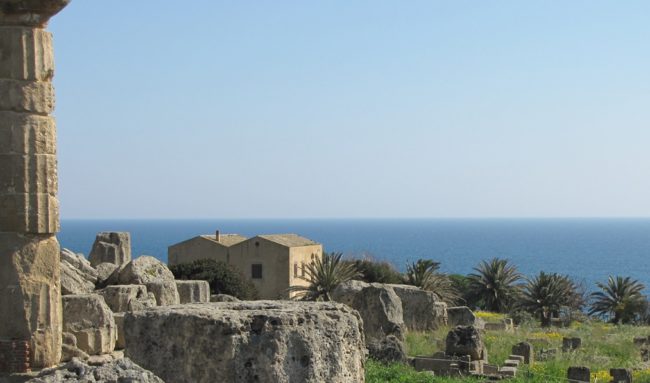
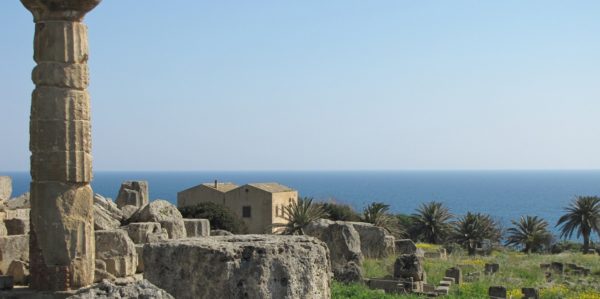

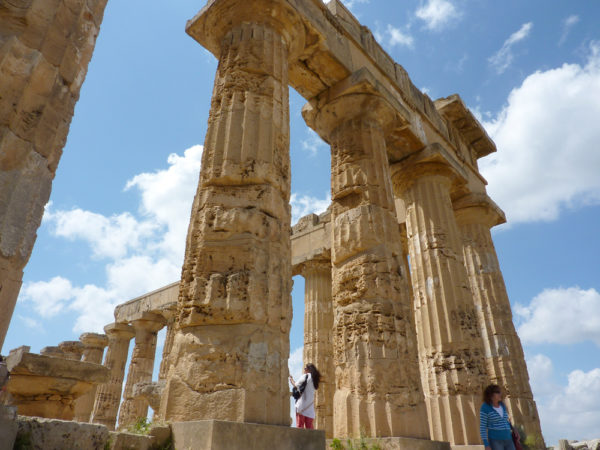
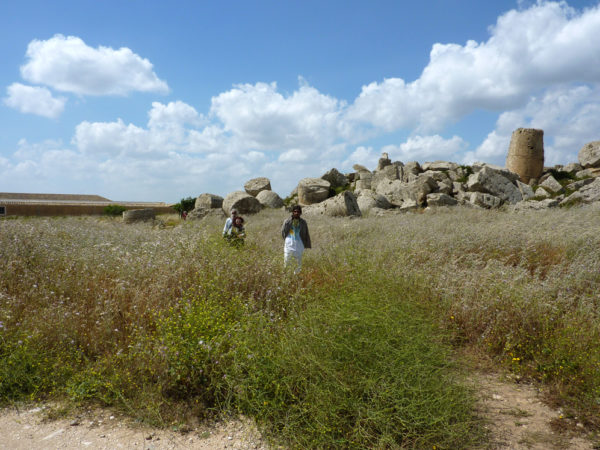
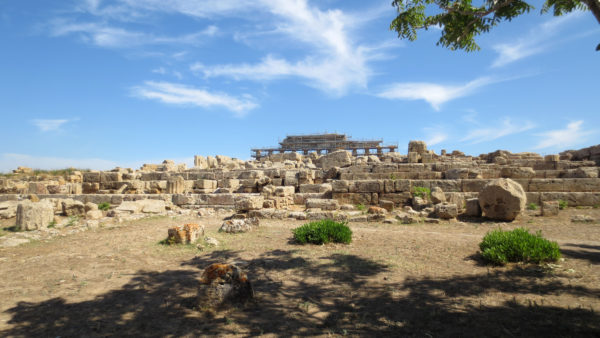
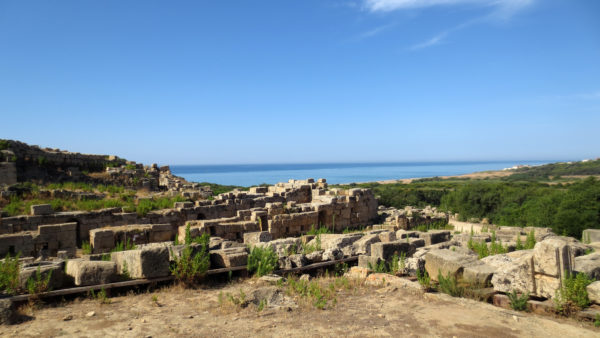
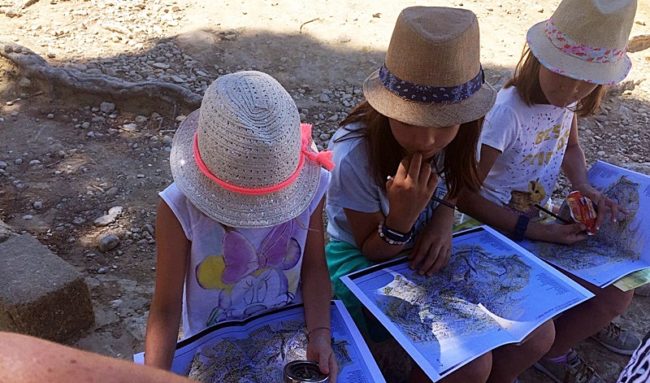
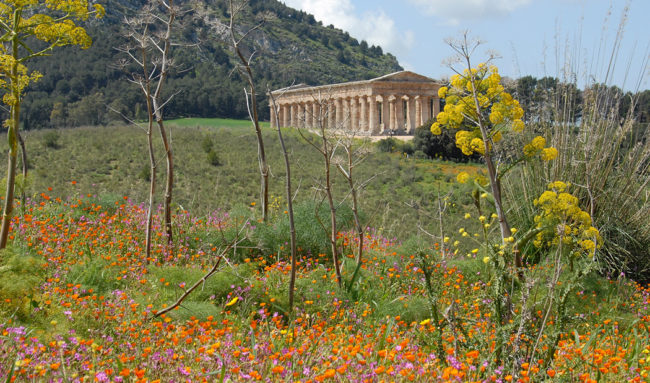
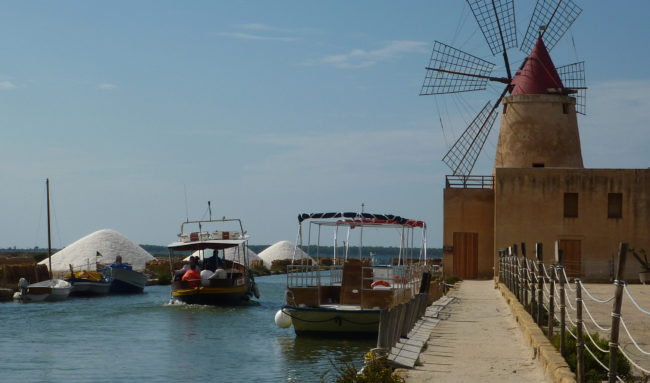
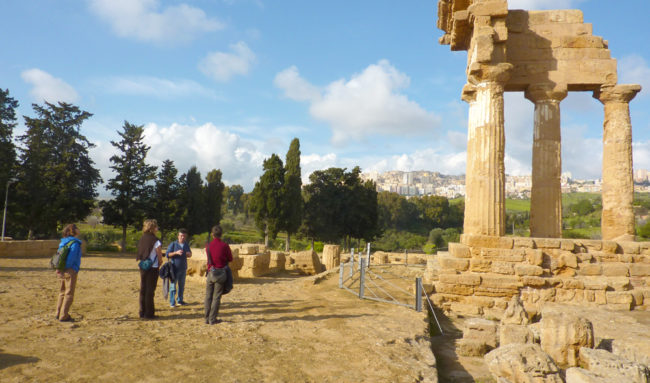
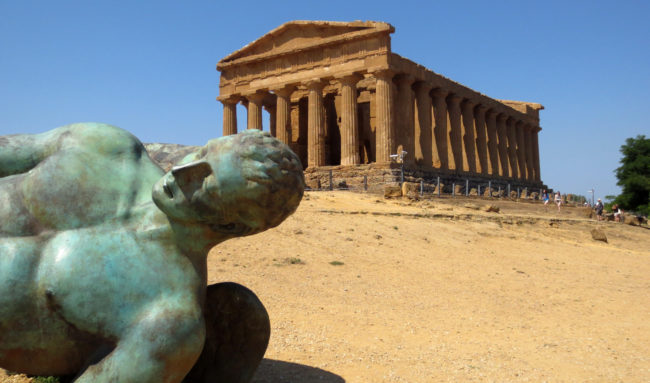
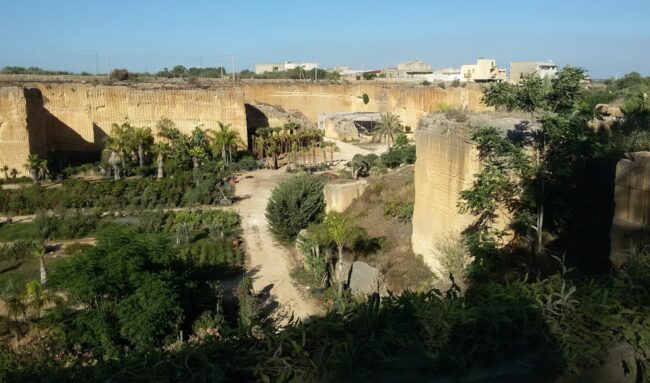
Lee Marshall– :
“If you’re feeling adventurous, seek out the poorly sign-posted Cave di Cusa, 11km north-east of Selinunte. This was the city’s abruptly abandoned quarry, where part-hewn and carved column sections stand in a romantic flower-strewn landscape. The archeological site of Selinunte – a Greek city overthrown by Carthage in 409BC – occupies an extraordinary spot on the south-western coast. The tumbled ruins (the only standing temple is a reconstruction) are best visited with a guide: book one of the highly qualified art, archaeology and history specialists from island-wide network Passage to Sicily”. Lee Marshall, The Teleghaph